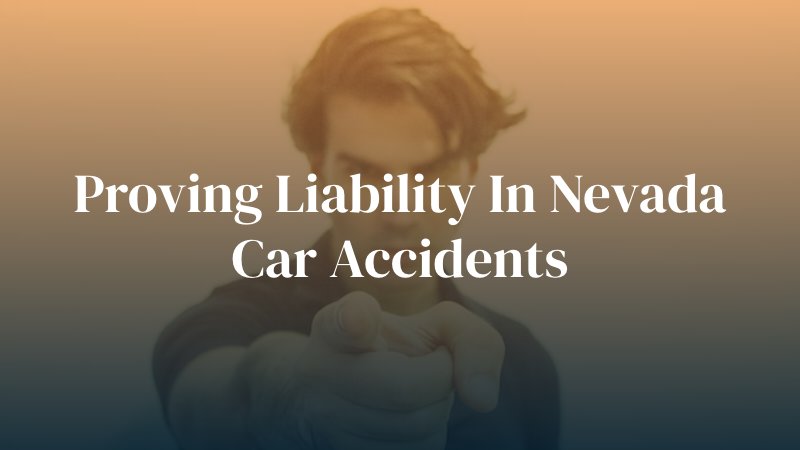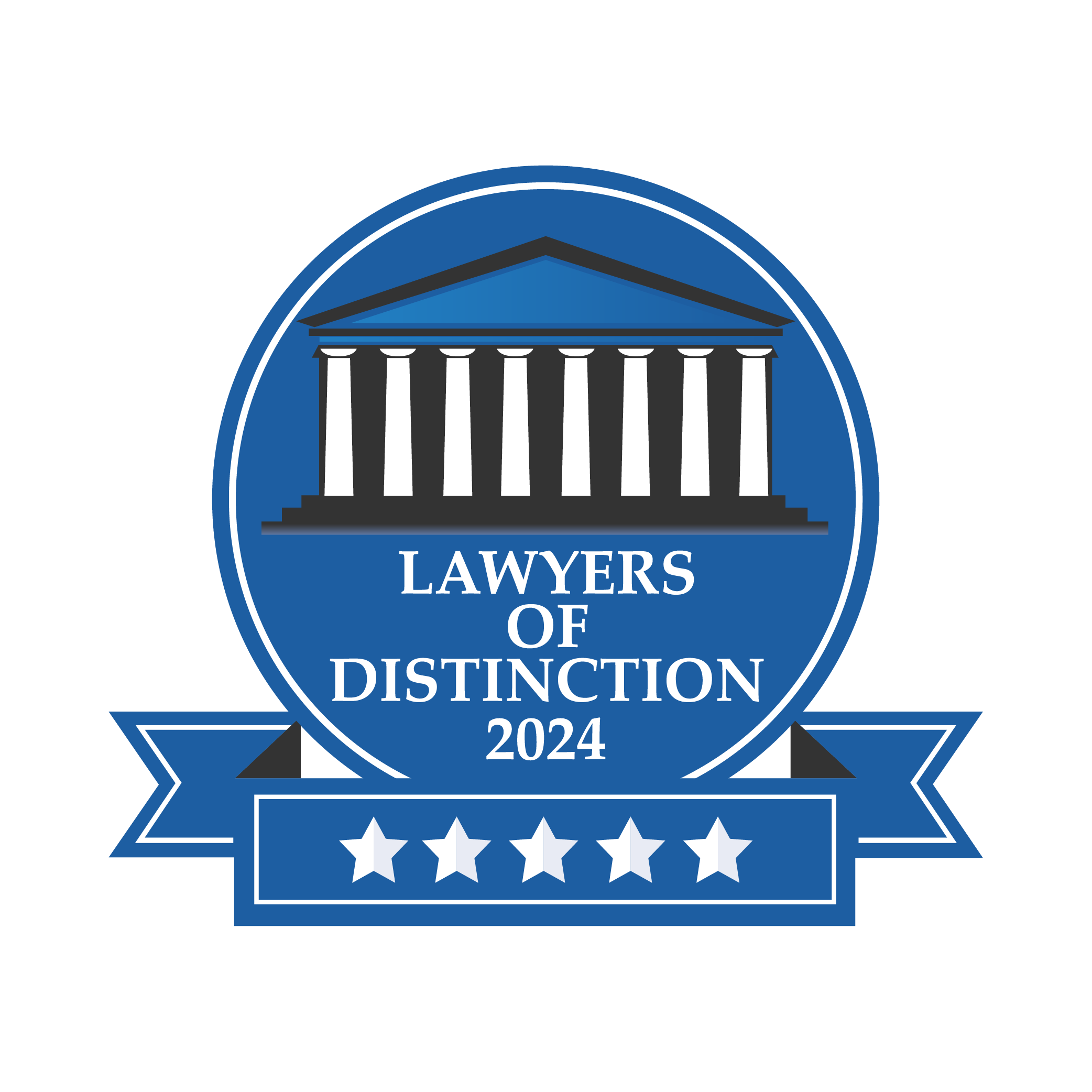
Car accidents are one of the most common causes of serious injuries in Nevada. If you get involved in a car crash, it is important to understand Nevada’s laws in terms of liability, or legal and financial responsibility, for the wreck. This will allow you to file a claim against the correct party and protect your legal rights.
Is Nevada a Fault or No-Fault State?
Nevada is a fault state. This means that liability for an automobile accident will go to the person or party most at fault for causing the crash. This party’s automobile insurance company will be responsible for paying for a victim’s medical costs, property damage, pain and suffering, and other damages connected to the collision.
The system in a no-fault state, on the other hand, requires all drivers to file claims with their own car insurance providers, regardless of fault. In general, greater compensation is available with a fault-based insurance claim; however, the tradeoff is that the injured party must prove that another driver is at fault.
How Does a Car Insurance Company Determine Liability?
When a car accident occurs, the parties involved should report the incident to local law enforcement. Each driver should also report the crash to their own car insurance companies. The insurers will then launch an investigation into the car accident to determine its cause.
An insurance company investigation often involves:
- Reviewing the police report
- Visiting the accident scene to collect evidence
- Interviewing the parties involved
- Requesting medical records and proof of losses
- Gathering statements from eyewitnesses
- Looking at photographs and videos
- Inspecting property damage in person
- Collecting other evidence, such as cell phone records
- Hiring experts to reconstruct the crash
Once the insurance company concludes its investigation, it will determine whether or not its policyholder is to blame for the accident. If so, the insurer will accept the claim and offer an amount of money to settle the case and resolve the legal matter.
Proving Negligence in a Nevada Car Accident Case
Most car accident cases in Nevada are based on the legal theory of negligence, meaning the failure of a party to act with reasonable or appropriate care. If a driver was negligent – such as by speeding, texting and driving, running a red light, or driving drunk or drowsy – he or she can be held liable for a resultant car accident.
The plaintiff, or filing party, must prove fault or negligence to receive a settlement. Negligence contains four elements of proof:
- Duty of care: the accused party (defendant) had an obligation to act with reasonable care.
- Breach of duty: the defendant committed an act or omission that violated the duty of care.
- Causation: the defendant’s act or omission directly caused the car accident.
- Damages: the victim suffered compensable losses in the crash, such as injuries and expenses.
An individual may also be found guilty of “negligence per se,” meaning automatically negligent due to a broken law, such as a traffic statute. Liability must be proven based on a “preponderance of the evidence,” or enough evidence to demonstrate that the defendant is more likely to be responsible for the crash than not.
Liability can be a complex issue in a car accident case in Nevada. If you need assistance proving or establishing your claim, consult with a Las Vegas car accident lawyer at Valiente Mott for free.

